PROJECT
Two main environmental issues are affecting the steel making industry and other energy intensive industries.
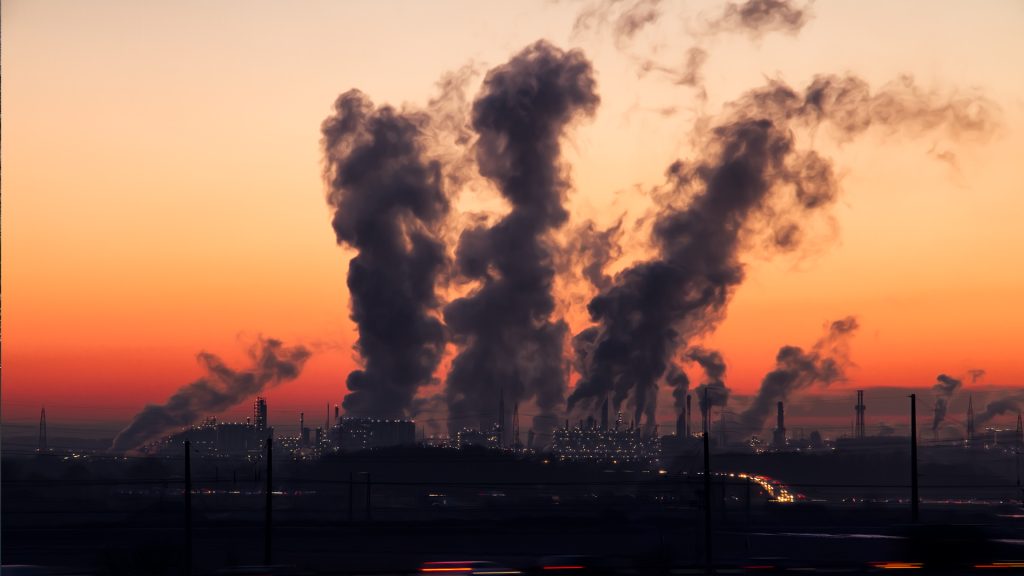
CLIMATE CHANGE
The great use of energy obtained from fossil fuels and the often high level of its wastage due to technological limits make this sector one of the main contributors of global warming and a preferred target for international initiatives aimed at reaching the full economy decarbonization.
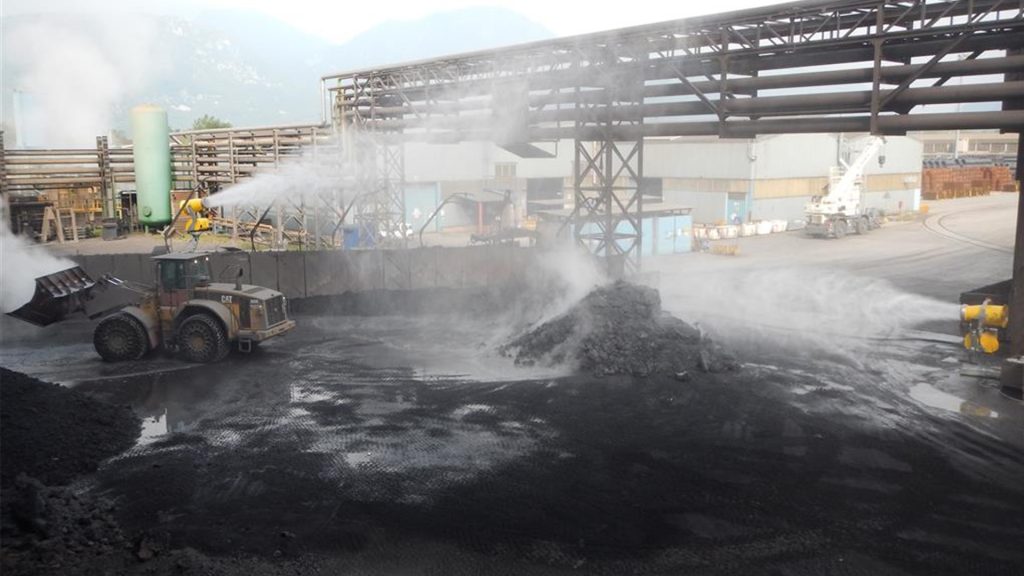
WASTE PRODUCTION AND LANDFILLING
Iron and steel industries are highly intensive not only in energy but also in materials consumption, which leads to a great amount of solid waste (e.g. steel slag). The landfilling of slags is a significant source of pollution of air, water and soil, since it may release heavy metals for very long time periods.
LIFE HI4S project aims to tackle these problems by using waste heat contained in the off-gas of electric arc furnaces employed in steel making plants in three ways:
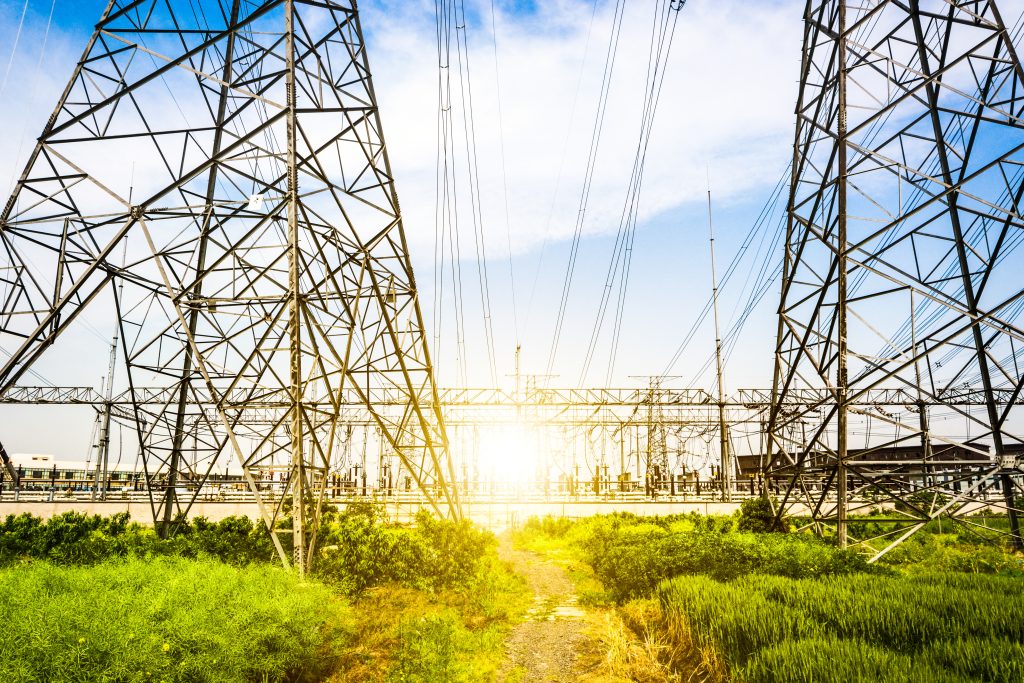
TO PRODUCE ELECTRICITY ABLE TO GUARANTEE SELF-CONSUMPTION NEEDS OF THE INDUSTRY
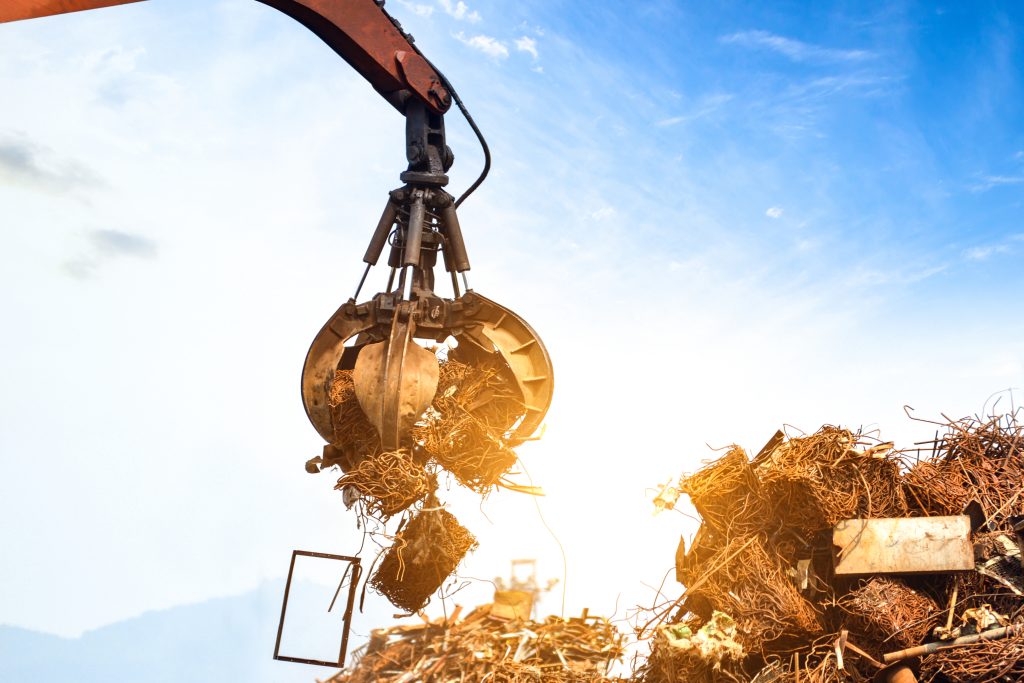
PRE-HEATING SCRAP BEFORE ITS INTRODUCTION INTO THE MELTING FURNACE, REDUCING THE AMOUNT OF ENERGY REQUIRED TO MELT SCRAPS
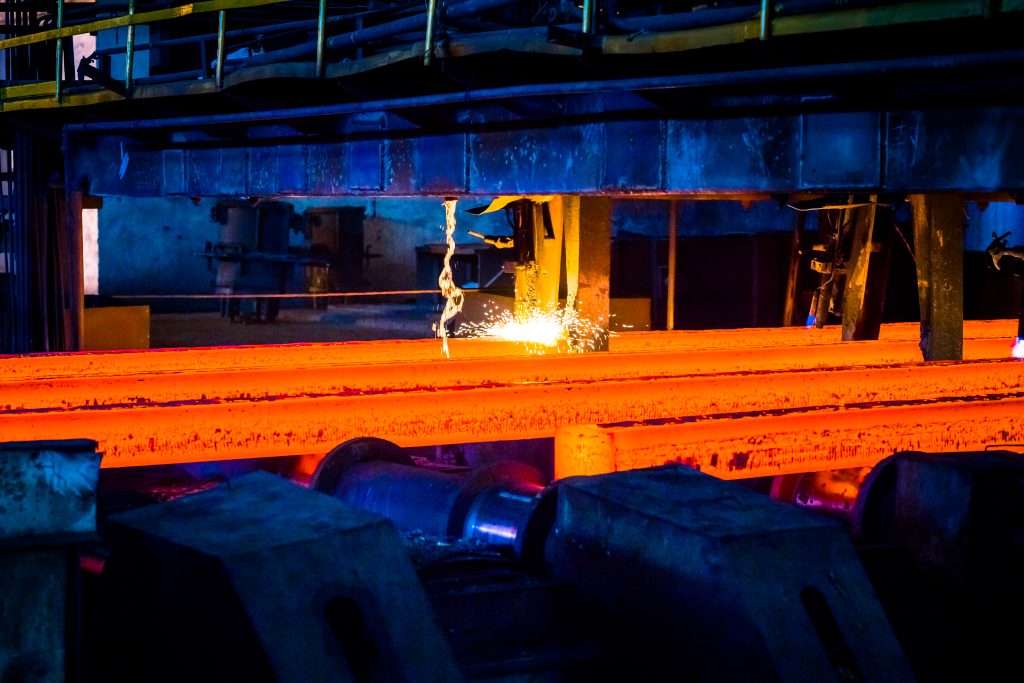
TO HEAT STEEL SLAG, WHICH WILL BE USED AS A THERMAL ENERGY STORAGE SYSTEM IN ORDER TO OBTAIN A CONTINUOUS AND HOMEGENEOUS SOURCE OF USEFUL ENERGY THAT CAN BE MANAGED ON DEMAND
In this way LIFE HI4S introduces a technology able to boost energy efficiency and circular economy at once!
The new project technology will include an Organic Rankine Cycle (ORC) system to produce electricity from heat waste. This system requires the use of a vector fluid that usually consists of fluorinated gases, having a very high GWP and thus being very dangerous from the climate change perspective.
In the last years new, less harmful fluids are being developed and tested.
Within the LIFE HI4S project, the properties of these new fluids will be evaluated and one candidate of low GWP (<150) will be selected, increasing even further the fight to climate change.
INDUSTRY SECTORS
Industry sectors interested by the LIFE HI4S technology are:

STEEL

FOUNDRY

CERAMIC

GLASS

CEMENT
And other energy intensive industries presenting complex off-gas hot streams with similar chemical composition and dust content.
LIFE HI4S PROJECT OBJECTIVES
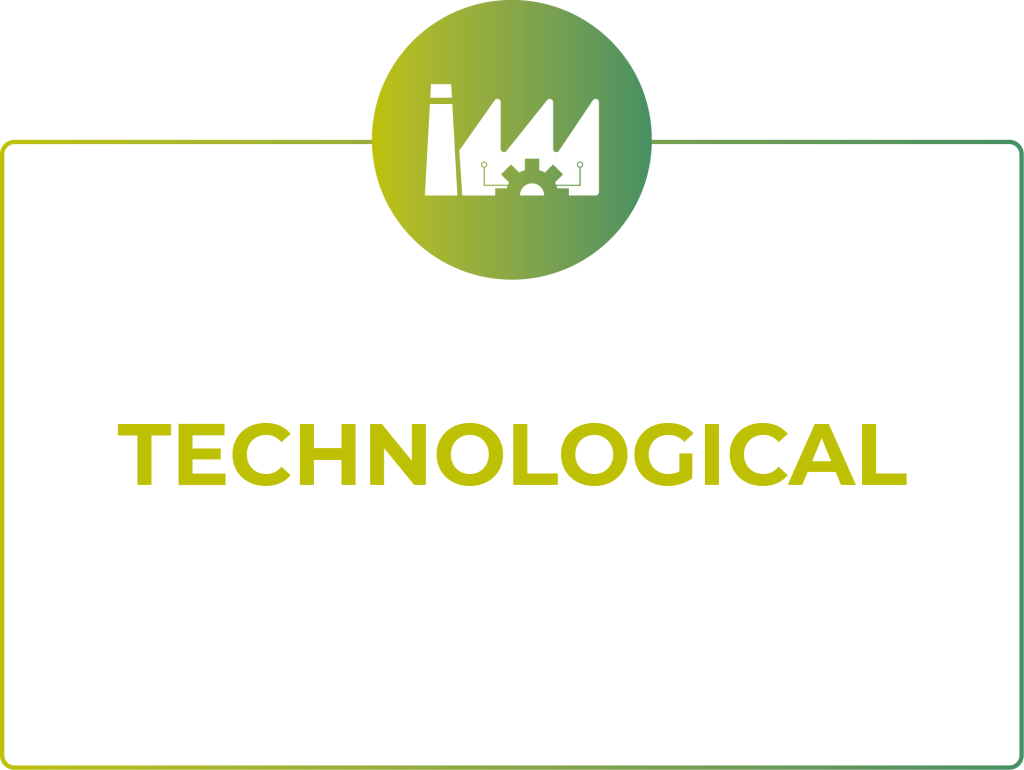
- To recover heat waste from hot off-gas streams presenting complex compositions and high levels of dust content
- To use the recovered heat waste in a flexible cost-effective system that allows several operation modes contributing to energy saving of the industrial plant
- To optimize operation strategies by a decision-making tool that models the heat recovery and reuse
- To demonstrate the viability over a long operation period of a thermal energy storage system based on solid wastes of the steel making industry (steel slag)
- To identify a valid substitute to the usual fluorinate gases used in ORC systems, with lower GWP and proper operational performances
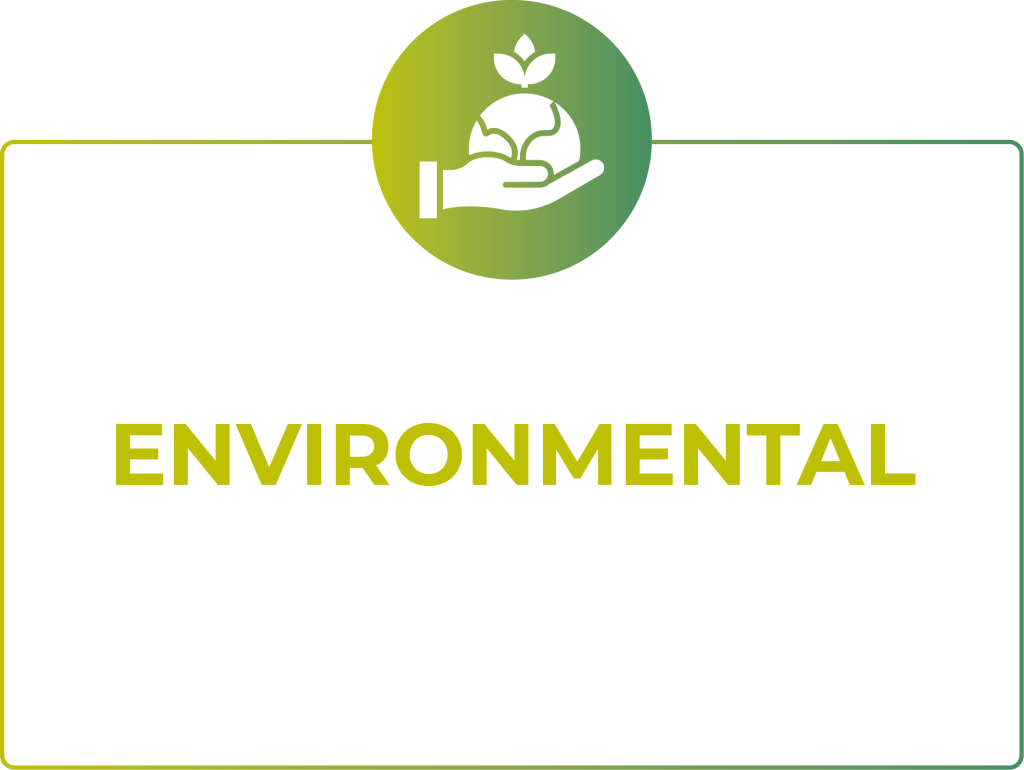
- To increase energy-efficiency in energy intensive industries
- To reduce greenhouse gases emissions of industry activity
- To reduce the heat wasted by industrial production processes, through its use in a new production cycle
- To valorise steel slag in a circular economy perspective reducing the amount of waste landfilled
- To assess the environmental and economic impacts of the whole process
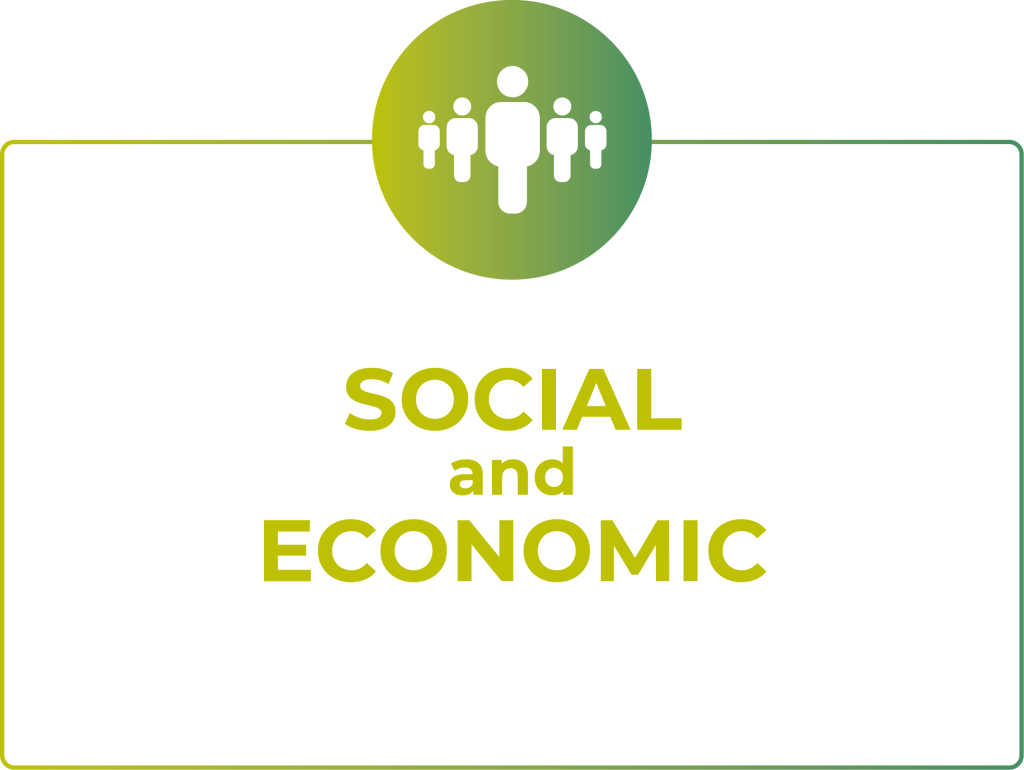
- To demonstrate the cost-effectiveness of recovering complex waste heat and reduce GHG emissions, overcoming the financial barriers which hinder the applicability of the current waste heat recovery technologies.
- To reduce energy bills
- To establish the basis to become a Best Available Technology (BAT) for new generation of steel making industries.
- To create a new market demand for steel slag, thanks to its new valorization route
- To assess the social impact and consumer perception of the new technology developed


